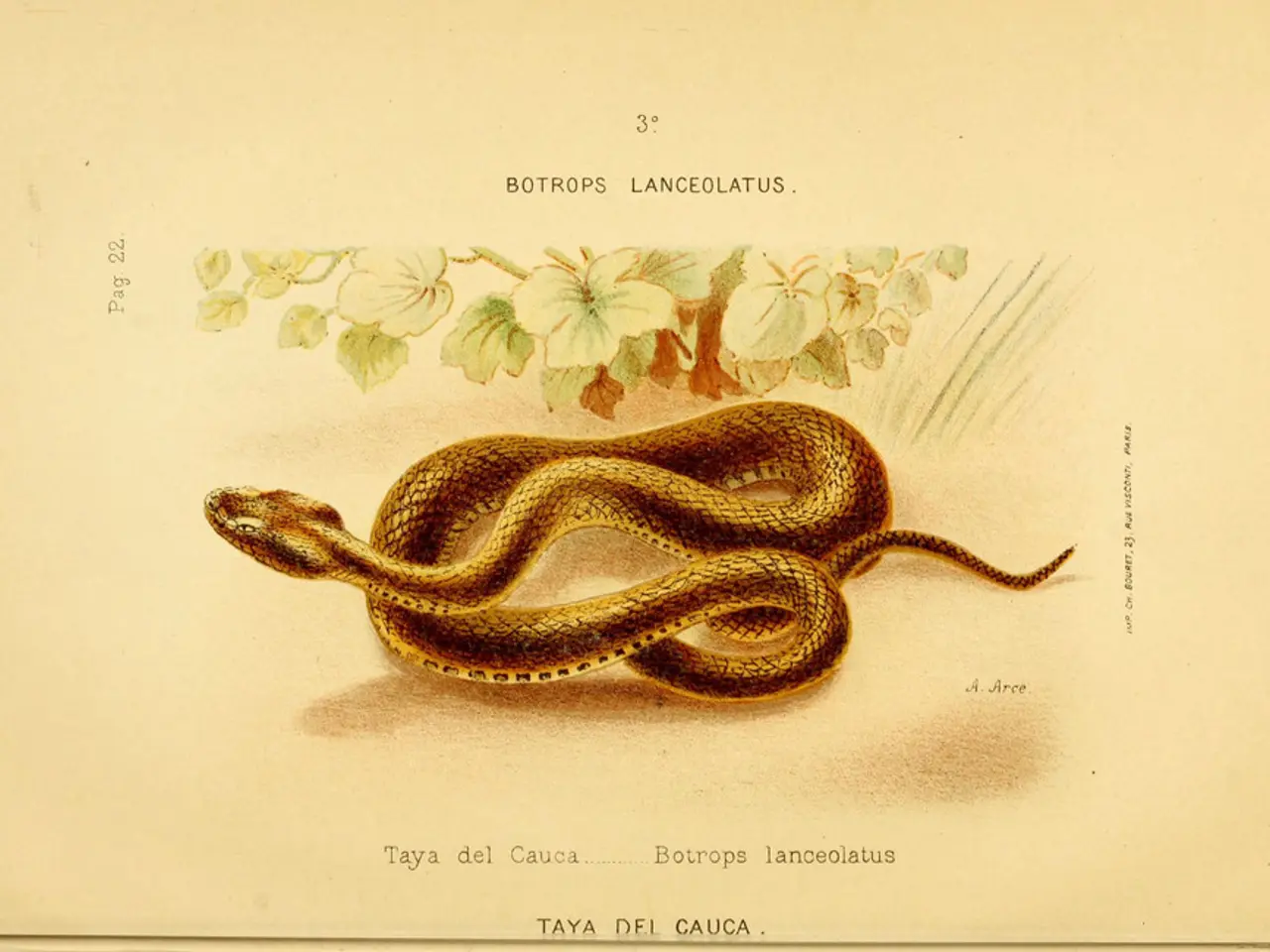Essential Houseplant Survival Guide: Cultivating and Propagating Snake Plant (Sansevieria)
The Everlasting Enigma of Sansevierias (aka Dracaenas): A Botanical Journey
After wrestling with a hefty sansevieria, or snake plant, I found myself in a tangled web of roots and "pups" (offsets). These hardy houseplants have earned the unofficial title of 'survivors' for a reason; they're no strangers to the dusty corners of our homes. In her quirky book, The Sansevieria Book, Hermine Stover declares these plants as undersung heroes of the houseplant world – they can thrive in less-than-ideal conditions, but they truly come alive when given some tender love and care.
Fast forward several decades, Instagram has revolutionized the sanctum sanctorum of the houseplant world. Search for #SansevieriaSunday and witness the diversity of these tropical treasures; from the short, rounded shapes of Sansevieria trifasciata (soon to be Dracaena trifasciata) to the tall, slender spears of Sansevieria cylindrica (Dracaena angolensis), and everything in between. It wasn't long ago that the variety of choices was limited to the ubiquitous varieties, Sansevieria trifasciata and its yellow-edged counterpart, Sansevieria trifasciata 'Laurentii' (Dracaena trifasciata 'Laurentii'), but now, unusual cultivars are being cultivated to fuel the burgeoning demand.
Caring for your Sansevierias
Home to Africa, sansevierias are champions of low-light tolerance – yet they thrive best in bright, indirect light or dappled sunlight. Remember, while they may survive in the dimly-lit corners of your home, ample sunlight will promote more rapid growth and reproduction. Indulge them with warm, sunlit windowsills, and prepare yourself for bulging pots laden with nature's own sculptures. Watch out, though, as too much direct sunlight can scorch the leaves, especially during hot summer afternoons.
Avoid the pitfall of overwatering; water only when the soil is completely dry – usually once a week during active growth periods, and every two to three weeks in fall and winter. These sturdy plants do not appreciate wet feet and can suffer the dreaded fate of root rot when conditions are too damp.
The air humidity of an average home should suffice, but if you'd like to pamper your sansevieria, gentle increases in winter humidity can help keep them thriving.
Repotting and Propagation
Repot your sansevieria every 2-3 years or once they become root-bound. Use a well-draining, slightly acidic potting mix, and ensure the pot is just one size larger than the current one to prevent water retention around the roots. Gently loosen the rootball and prune any dead or mushy roots before planting.
There are several methods to propagate sansevierias, depending on the cultivar:
- Stem cuttings – a common technique for propagating many dracaenas: take an 8-inch stem cutting, remove the lower leaves, dip the cut end in rooting hormone, and plant it in moist, well-draining potting soil. Keep the soil moist and the plant in bright, indirect light. Within a few weeks, roots should develop; a gentle tug will reveal their progress. Once the roots and new growth are established, care for the new plant as you would the parent plant.
- Propagation in water – remove a leaf and place it in clear water, then change the water regularly until roots grow several inches long. Once roots are well-developed, transfer the propagated leaf to soil.
- Division – ideal for some species that naturally form clumps, like the Bird's Nest Snake Plant and other clumping cultivars. Identify the offshoots near the base of the plant, cut them free using a sterile knife, and plant them in well-draining soil.
- Leaf cuttings – select a healthy leaf, allow it to cure for a day to form a callus, then plant the cut end in moist, well-draining soil. Water lightly until new growth emerges.
Temperature Tolerance
Maintain temperatures between 65–85°F (18-29°C), and avoid exposing your sansevieria to temperatures below 50°F (10°C) to ensure succulent growth and prevent potential damage.
Follow these guidelines, and I assure you'll be rewarded with healthy, thriving sansevieria – your dancing partners of choice in the houseplant scene.
- The vibrant colors and unique shapes of Sansevierias, now often referred to as Dracaenas, have made them popular additions not only in homes but also in gardens and greenhouses, contributing to the overall beauty and vitality of home-and-garden and lifestyle environments.
- By thoughtfully placing Sansevierias in various areas of the home – such as bright, indirect light or dappled sunlight – and attending to their care with the right watering, temperature, and humidity levels, one can create an eco-friendly living space that also adds a touch of nature's beauty to one's lifestyle.
- When tending to the needs of Sansevierias, gardeners can help preserve these plant species for future generations while simultaneously promoting a healthier and more sustainable environment by employing appropriate repotting, propagation, and temperature management techniques.








